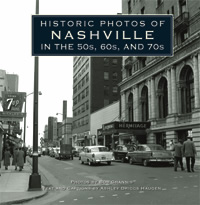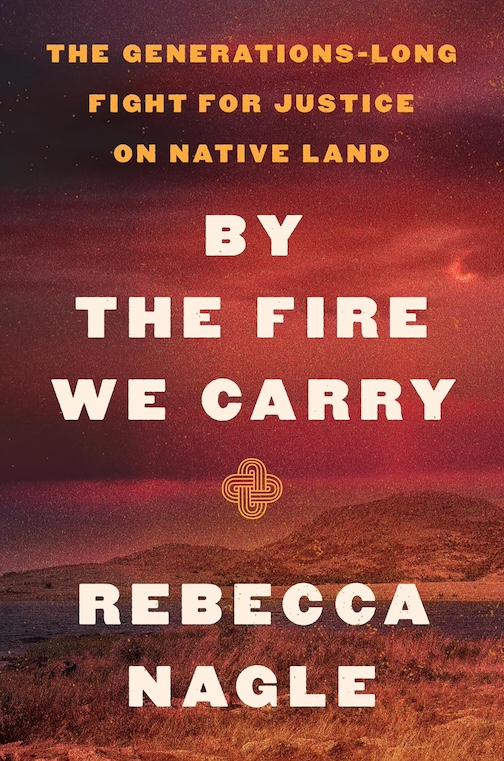"A Lot Happened in Three Decades"
A Nashville photographer documents Music City’s evolution
If you want to be reminded of just how much the landscape of Nashville has changed in the past half-century, turn to page three of Historic Photos of Nashville in the 50s, 60s, and 70s. The photograph you’ll find shows a drab, semi-rural scene: a narrow, two-lane road banked by tall weeds, with a shabby Esso station on one side and a railroad track on the other. It’s almost hard to believe the caption, which identifies the place as Harding Road circa 1950, just north of the Highway 70/100 split. The peaceful country lane is long gone now, replaced with a standard five-lane suburban thoroughfare, cluttered left and right with gas stations and fast-food outlets.
Historic Photos of Nashville in the 50s, 60s, and 70s is part of a popular series from Turner Publishing. The Nashville-based publisher has produced a few dozen historical photography collections devoted to cities and sites of interest across the United States. This latest volume is drawn entirely from the archives of longtime Nashville photographer Bob Grannis, and it documents the city’s evolution from sleepy post-WWII town to sprawling Sunbelt metropolis.
Change is the ever-present theme in these photographs. As author Ashley Diggs Haugen writes in the book’s preface, “A lot happened in three decades.” The face of Nashville was altered dramatically during those years, and Grannis turned his camera on all the new buildings and arriving industry. There are several shots of the L&C Tower under construction, and Grannis documented much of the early development of Green Hills. The 1956 opening ceremony for the Ford Glass Company is commemorated in a very funny shot of a mink-clad matron wielding a torch.
 For most Nashvillians, however, the photos will be more interesting as reminders of places that have disappeared. Fair Park, the Tennessee Theater, the downtown department stores and the Children’s Museum are all memorialized. There are a number of shots of the Sulphur Dell baseball stadium, and a rather poignant photo of the small, family-owned businesses that once lined Deaderick Street where the Tennessee Performing Arts Center now stands.
For most Nashvillians, however, the photos will be more interesting as reminders of places that have disappeared. Fair Park, the Tennessee Theater, the downtown department stores and the Children’s Museum are all memorialized. There are a number of shots of the Sulphur Dell baseball stadium, and a rather poignant photo of the small, family-owned businesses that once lined Deaderick Street where the Tennessee Performing Arts Center now stands.
The photos unintentionally document some painful facts about Nashville’s past. It’s impossible not to notice that blacks and whites are equally represented in the crowd entering Harvey’s department store, but the folks seated at the lunch counter inside are all white. Group shots of firefighters and bus drivers don’t include a single black man, nor any women.
A lot did indeed happen in Nashville during those post-war decades, for good and ill. For those of us who can recall a very different city, Historic Photos of Nashville in the 50s, 60s, and 70s provides a chance to reminisce, and it will be a fascinating document for future readers when the old Nashville has passed from living memory.


